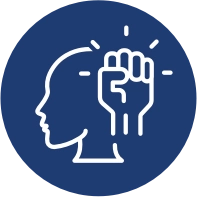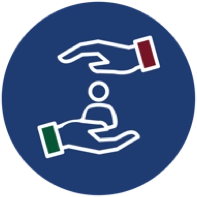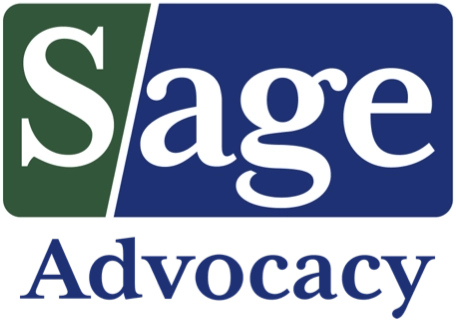Systemic Advocacy
Sage Advocacy has as one of its strategic objectives to build an understanding and appreciation of the systemic inequalities and weaknesses that exist in Irish legislation, policies, and practices. To this end, it focuses on engagement with policy makers, public representatives, budget holders, decision-makers and the media regarding systemic issues of concern.
Systemic advocacy is aimed at influencing decisions made by the government or public bodies. It has an important role in helping to address larger systemic issues and includes all attempts to influence legislators and officials. The experiences of individuals and groups engaging with the health and social care delivery system as mediated through advocates can provide a rich data source for feedback to Government and related policy development.
Systemic issues of particular concern to us are:

People’s right to self-determination

Protecting vulnerable adults from abuse and exploitation

Assertion of people’s legal and human rights

Implementation of the Assisted Decision Making (Capacity) Act 2015
Sage Advocacy’s activities in this regard include:
- Recording and analysing issues of concern and engaging on a regular basis with stakeholders and the media.
- Producing original research and leveraging research from contacts with professional groupings and academic institutions.
- Developing measures of impact and outcome including inter-agency working outcomes
- Organising invitation-only workshops based on Chatham House Rules on issues of concern to the service and of interest to stakeholders.
- Organising annual high-profile events on selected thematic issues.
- Regional Managers identify and strategically address issues facing vulnerable adults in their catchment area where change in the existing service delivery structure or resource allocation is required.
- Engaging service delivery organisations at senior management level to identify ways in which these systemic issues can be addressed in the short, medium and longer-term to the benefit of identified groups of vulnerable adults, older people and healthcare patients.
